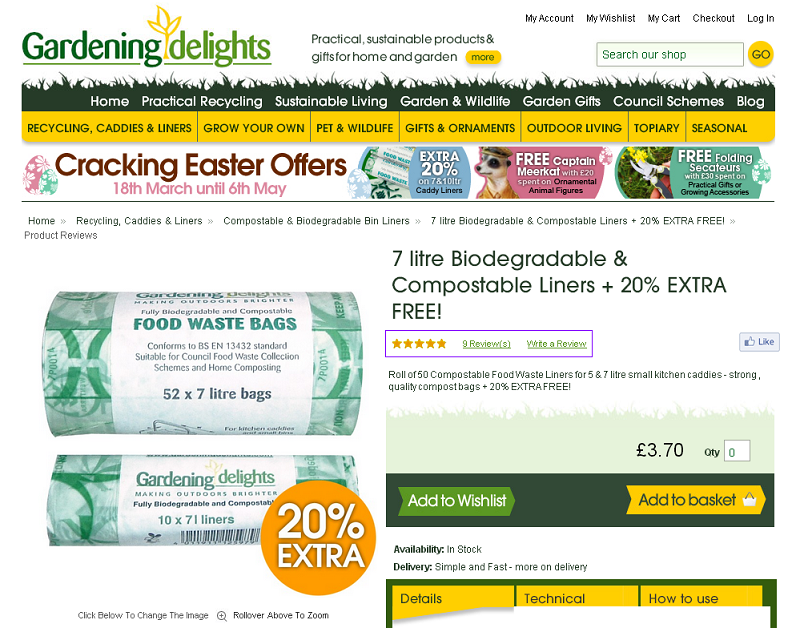

Title tags tell both search engines and people what a page is about. It’s vital to get your title tags right and make sure they’re SEO friendly. As they show up in search results and need to encourage people to click through to your website.
What is a Title Tag?
As we mentioned above, the title tag tells people and search engines what a page is about. You can find a list of SEO terms in our SEO Jargon Buster if you want to expand your knowledge.
Where does a Title Tag Appear?
Title tags appear in search results (as shown above) and in people’s browsers (as shown below) at the top of the window and as the title of any tabs open in the browser.
Can I use my Company Name?
Yes, you should definitely use your company name!
If a user already knows the name of your company, they may choose to click through to your website based on your name alone. Especially if they’ve had a positive experience or know someone who has. If a user doesn’t know you, using your name may help to build up brand recognition.
How long should a Title Tag be?
It’s recommended that your title tag is no longer than 70 characters. Since that is the total amount of characters a search engine can display in search results.
A title longer than 70 characters will not damage your search rankings. It will just mean the entire title won’t be seen. Similarly, a title much shorter than 70 characters won’t harm your SEO. It will mean that you’re missing out on opportunities to use keywords.
Tips for creating interesting SEO friendly title pages
Now we’ve answered a couple of burning questions you might have, here are three really simply tips to help you write interesting and SEO friendly title tags.
What’s it about?
The first and most obvious tip is to ensure the title tells people what the page is about using important keywords. Don’t be tempted to fill your title tag full of keywords as keyword stuffing may harm your SEO.
It’s important to get the right mix of informative and attention grabbing so that people read the title and want to go to your page because it sounds interesting and/or sounds like it will answer their question.
Sometimes it can be really difficult to try and fit everything into 70 characters, so make sure you aren’t using words such as ‘and’ or ‘if’ and are only using words which are absolutely necessary.
Make sure titles are unique
It’s really important to make sure your titles are unique.
You shouldn’t have two pages the same or with the same content on your website, therefore your titles should all be unique.
Don’t be tempted to use the same title across all of your pages, because although it may save you time it may reduce the number of visits you get from search engines because people are confused about what’s actually on the page.
Most important keywords first
Make sure you put your most important keyword right at the start of your title tag.
SEOmoz carried out some testing and found that the closer to the beginning of a title the keyword is the more impact it will have on search rankings.
If you want to learn more about SEO, why not check out our post on what is SEO and why is it important?
If you’re a small business based in the Burntwood, Lichfield, Cannock, Staffordshire or West Midlands area and need help improving your websites title tags, SEO or search rankings, get in touch with us to find out how we can help you. Call us on 01543 387 047 or go to our SEO service page for more information. You can find more of our SEO blogs here.





